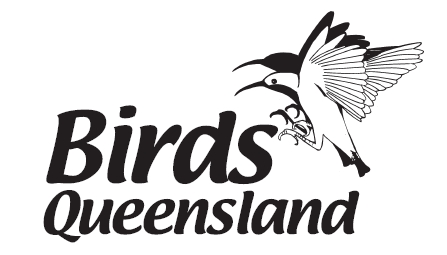

Media Release
Once common shorebirds that migrate from Siberia and Alaska are declining rapidly
Dr Richard Fuller and Dr Judit Szabo to speak at Brisbane bird conference on why and what we can do about it
Brisbane 23 May 2016 – Migratory shorebird populations have decreased drastically in recent years. Dr Richard Fuller has been leading research efforts to understand the scale of these declines, as well as what is causing them, while Dr Judit Szabo has been working for the East-Asian Australasian Flyway Partnership in the Republic of Korea with various partners to address what can be done to stop these declines in birds that travel from Australia to Siberia and Alaska and back each year. Both will be featured guest speakers at the Queensland Ornithological Conference on Sunday, 9 July at the University of Queensland in Brisbane, Australia.
https://www.fullerlab.org/bird-migration-ecology/
http://www.eaaflyway.net/migratory-waterbirds-in-eaaf/far-eastern-curlew/
In April of this year Minister for the Environment Greg Hunt launched “a new plan to help protect 35 species of shorebirds that regularly travel thousands of kilometres to visit our shores”, and on May 5th the Minister agreed to list another five migratory shorebird species as threatened under Australia’s environmental law, bringing the number of migratory species listed in Australia to seven. These events reflect both the size of the threat migratory shorebirds now face and the government’s serious efforts to stop these declines.
Migratory shorebirds are common near most of Australia’s cities, but they are often overlooked as they tend to feed on expansive tidal flats at low tide, and rest at high tide in areas far from people. While these birds breed in various habitats spread across the northern hemisphere, the birds spend more time in Australia than anywhere else. Before they leave Australia for the long flight to their northern breeding grounds, these birds must nearly double in weight in just a couple of weeks. Australia’s efforts to conserve shorebirds have focused on maintaining the places these birds need to feed and rest, while limiting those things that disturb the feeding required to support their rather astounding weight gain program. These efforts, however, are increasingly being swamped by bigger problems faced by these birds outside Australia. Habitat loss in East Asia looks to be one of the biggest drivers of declines in these bird’s populations. The challenge, therefore, of conserving birds that fly across the globe, demonstrate how important international cooperation can be in conserving the world’s species.
Dr. Steve Murphy to speak at Brisbane bird conference
Dr Fuller and Dr Szabo will be joined by 11 other speakers at this year’s Queensland Ornithological Conference. The program will offer something for anyone with an interest in birds.
Dr Steve Murphy will be highlighting the benefit of research in setting out conservation strategies for one of Australia rarest birds, the Night Parrot.
http://www.bushheritage.org.au/what_we_do/protect-animals/night-parrot
Dr Leo Joseph will outline how birds are related, and how genomes can be used to understand adaptation in birds.
https://theconversation.com/profiles/leo-joseph-103481
Dr Gary Fitt will discuss the current status of grassfinches and possible steps to halt the decline of four of these species declining due to human activities.
http://people.csiro.au/F/G/Gary-Fitt
A team of ornithologists will present on how captive breeding, research, management and a dog called Penny are bringing the endangered Eastern Bristlebird back from the brink of extinction.
http://www.seqcatchments.com.au/seq-stories/finding-the-eastern-bristlebird-with-a-dog
Dr Richard Noske will outline how little we understand about bird movements in Australia.
http://riel.cdu.edu.au/people/profile/dr-richard-noske
Finally, PhD students will be presenting posters and talks on topics ranging from the response of desert bird communities to flooding rains, to demography of European songbirds, to the benefits of red backs in male Red-backed fairy wrens.
Together the conference program is a powerful reflection of what the two hosting organizations strive to achieve: to learn about the amazing birds that surround us, and work to ensure they are conserved for future generations.
More information on conference: http://birdsqueensland.org.au/qoc2016.php
Contact:
BirdLife Southern Queensland: http://birdlife.org.au/
Judith Hoyle Convener (Brisbane)
puffin_54@hotmail.com
Phone: 0437 549 301
Robert Clemens
Co-Chair of Conference
organizing committee
Phone: 0425 805 087
r.clemens@uq.edu.au
Birds Queensland: http://birdsqueensland.org.au/
Jill Brown, President (Brisbane)
president@birdsqueensland.org.au Phone: 3369 5185
East Asian-Australasian Flyway Partnership: http://www.eaaflyway.net
Judit Szabo, Science Officer (Republic of Korea)
science@eaaflyway.net
Relevant links:




